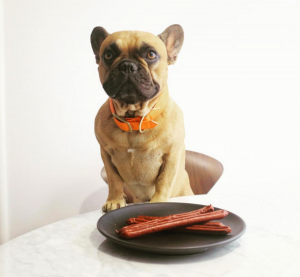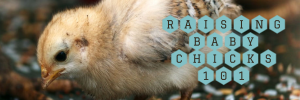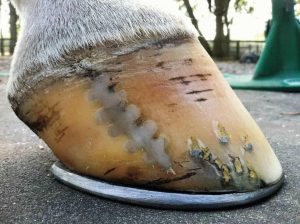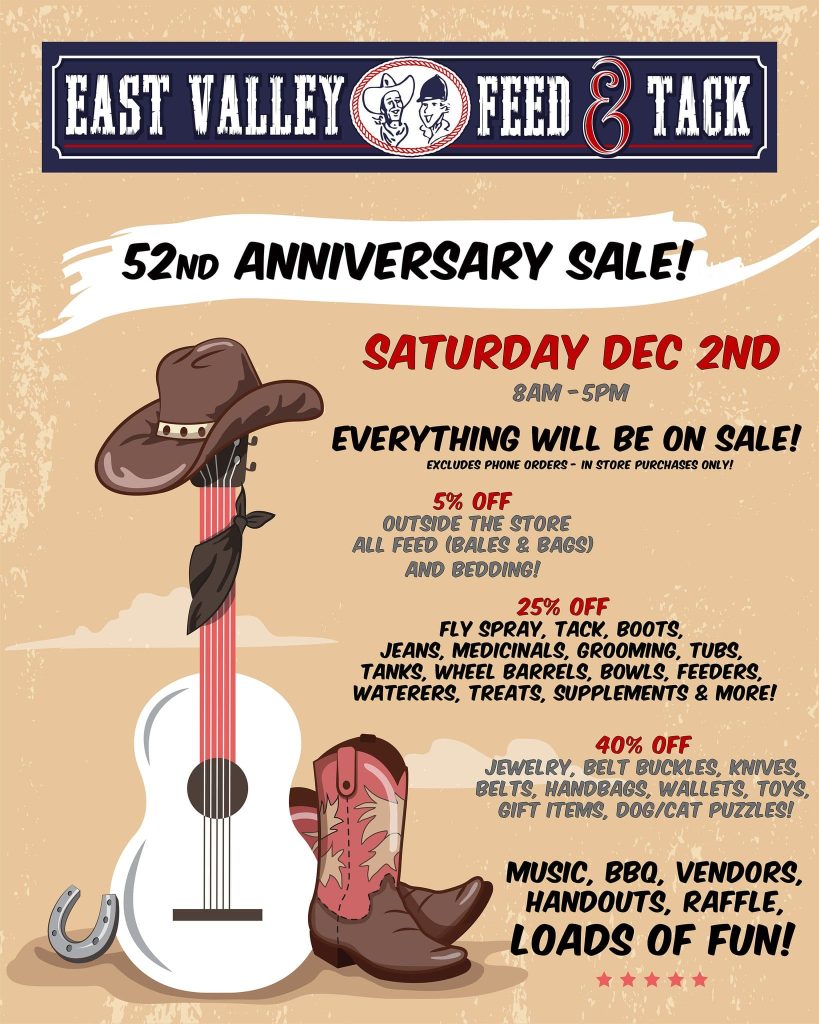Original post by our good friends at Farnam
The abundance of grooming tools and supplies available today —both online and in your local tack shop — offers an amazing number of choices. So which basic tools do horse owners really need to do a fabulous grooming job, no matter what kind of horse they have or what discipline they ride?
Liv Gude has ridden dressage, field hunters, jumpers, reiners and cutters, and was a professional groom for U.S. Olympic dressage team rider, Guenter Seidel. Gude’s grooming-related podcast (The Proequinegrooms Podcast) can be found on Spotify, iTunes and Stitcher, and she posts regularly on www.proequinegrooms.com.
Must-Have Grooming Essentials
“Your grooming kit should not be overflowing; you can keep it really simple and really easy,” says Gude as she outlines what every horse owner should have in their horse grooming kit. Whether you corral your products in a bucket, a small toolbox, a backpack, a work apron or a handled box with different compartments, essential grooming tools include:
- Hoof pick (with a brush on the end)
- Rubber curry comb or pair of grooming gloves
- Body brush (based on your horse’s preference)
- Human hairbrush (or similar)
- Washcloths/grooming rags
- Equine coat conditioner
- Equine hair detangler
- Equine dry shampoo
- Curved scraper with rubber edge
Hoof Pick
Yes, you can use an “old-fashioned” hoof pick, but the type with a small brush on one end is more effective for getting rid of dirt, manure and dried mud. This also means you don’t have to grab a “good” brush to tidy up your horse’s feet.Body Brush
While some horsemen use three types of body brushes (soft, medium and hard), Gude has found that you can “customize” your brush needs based on your individual horse and use only one. “If your horse is ticklish, go for something soft, but if he really likes you to dig in, you can go for a harder brush,” says Gude. “Just choose the type that is most comfortable for your horse.”Curry Combs/Grooming Gloves
Currying should be the foundation of any grooming session and Gude is totally sold on grooming gloves, which have rubber “nubs” all over the palm, similar to a rubber curry comb. “Most of the time I just use those and a brush,” she notes, adding that gloves are also easier for many people to handle. “If you have carpal tunnel or a little bit of arthritis, it’s not always comfortable to hold a grooming tool in your hands.” Gude uses two grooming gloves at once (one on each hand) and appreciates that they allow her to work on the horse’s entire body, from face to tail and all the way down to the hooves. “Grooming gloves are a way to streamline the grooming process so you don’t have to have different sizes of curry combs,” explains Gude. “I threw out all my traditional curry combs about four years ago.”Mane and Tail Brush
Some people use a body brush on manes and tails, and there’s nothing wrong with that if the hair isn’t tangled, but Gude prefers to use a paddle-style human hairbrush. “I like the paddle-style brush because the tines aren’t rigid, so when you’re brushing the mane or tail, those little tines have flexibility and ‘give,'” says Gude, noting that this makes the brush less likely to pull out hairs.Washcloths/Grooming Rags
Gude is a huge fan of washcloths over traditional “rub rags” because of the convenience factor. She keeps stacks of washcloths on hand for removing stains, cleaning ears and noses, to cut static and for the final all-over wipe-down of the horse. “In the winter when the horse’s coat is thicker, I use washcloths with more pile, like a thick terry, and when the horse’s coat is slick, I use microfiber cloths,” says Gude, who considers every wash cloth a “single-use” item and then tosses it in the laundry.Curved Scraper with Rubber Edge
You need a tool to swipe off water following a bath but skip those metal or hard plastic sweat scrapers. “I like a half-moon curved scraper with a rubber edge,” says Gude of the tool that somewhat resembles a squeegee. “You can run it over the whole body and down the legs and it’s not too hard, like a metal or plastic scraper.”Conditioner/Detangler/Shampoo
Your grooming kit should contain all three of these products, but don’t stop by the “dollar store” and substitute human hair products. Equine hair and skin is different from human hair and skin, so you want products formulated specifically for horses. Human hair products can cause buildup over time. This doesn’t usually happen with equine products as long as you follow label directions and use the products properly. Conditioner is especially helpful for keeping tails flowing and free of tangles, which is essential for preventing hair breakage and loss during brushing. Gude recommends using conditioner after you bathe the horse and says the product can also be used all over the horse’s body if his coat is a bit dry or dull. “Then, after the tail is mostly dry, spray in a silicone-based detangler or shine product,” she says. “This helps create a stain barrier and keeps the hair slick so you’re not dealing with tangles. If you keep the tail clean, conditioned and slick, you can brush it every day without risk of ripping out or breaking hair. If you address tails every day, you’re never going to have the challenge of tangles.”Dry Shampoo
Even though you’ll have “regular” equine shampoo, be sure to pick up a container of dry shampoo formulated for horses as well. Dry shampoo is fabulous when dealing with manure and urine stains, saving both time and scrubbing effort. You just spray it on and massage in. Spots and stains wipe off with a damp towel. “You will also get more bang for your buck if you curry and brush before you use a spot remover dry shampoo,” says Gude. “I’m absolutely a fan of dry shampoo, which is really handy when weather’s not on your side. You don’t have to wet the horse’s whole hind end just to get one little stain out.”Horse Grooming Steps
Now that you’ve gathered all the essential tools together, it’s time to put that grooming kit to good use. Gude emphasizes that the most important tools for any grooming session are your eyes and fingertips and should be part of inspecting your horse daily. This hands-on aspect of grooming allows you to find bumps, bites, cuts, ticks, swelling, heat and anything out of the ordinary so they can be promptly addressed. “The basis of any successful grooming program is that you have your horse ‘memorized’ and have a baseline of his normal health, so you can see if anything’s changed,” notes Gude. “If you ask any veterinarian what they wish their clients would do more of, it’s really the simple stuff. You should check his hooves, know how much your horse is eating, how much he’s pooping and how much water he’s drinking. It’s all about knowing your horse’s ‘normal.’ When you know your horse’s normal, you know when something’s not right.” She starts every grooming session by inspecting the horse visually and running her hands over the horse from head to hoof. Then she takes vital signs, as this quickly shows her if something is different from the day before.Normal Vital Signs for an Adult Horse
- Temperature: 99 to 101.5°F
- Pulse: 28 to 44 beats per minute
- Respiration: 10 to 24 breaths per minute
- Mucous Membranes: moist, light pink to “bubblegum pink” color
- Capillary Refill Time (CRT): 2 seconds or less
- Gut Sounds: gurgling, rumbles, “growling” sounds, “tinkling” sounds, occasional roaring sounds. Not usually quiet for more than a couple of minutes.
- Digital Pulse: subtle, very difficult to detect
Step-by-Step Grooming Session
- Visually inspect your horse from head to hoof
- Inspect with your fingertips by running your hands over the horse’s entire body, checking to see if anything feels out of the ordinary
- Take vital signs
- Pick out hooves
- Curry whole body
- Brush off loose hair and dirt
- Spray detangler in tail or mane, if needed
- Brush out mane and tail
- Clean nostrils, around eyes and inside ears with clean washcloth
- Wipe down entire body with clean washcloth/rub rag (don’t forget to wipe between the hind legs and under the tail!)
- Use dry shampoo if needed on any spots/stains





